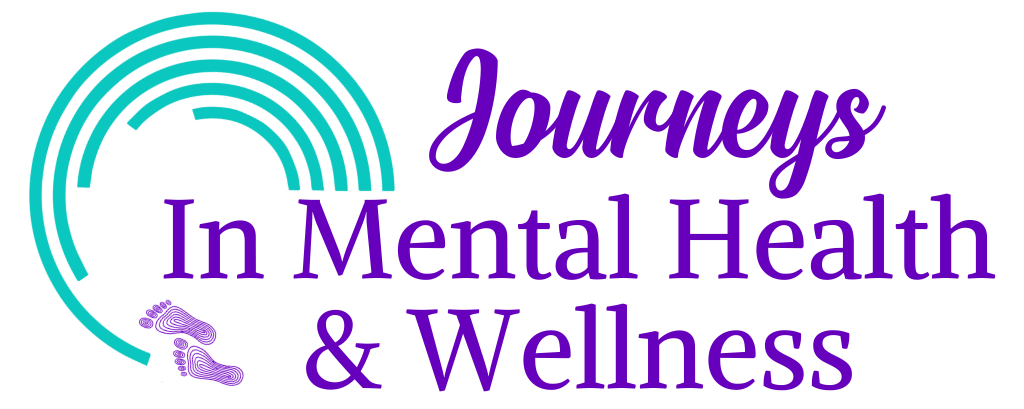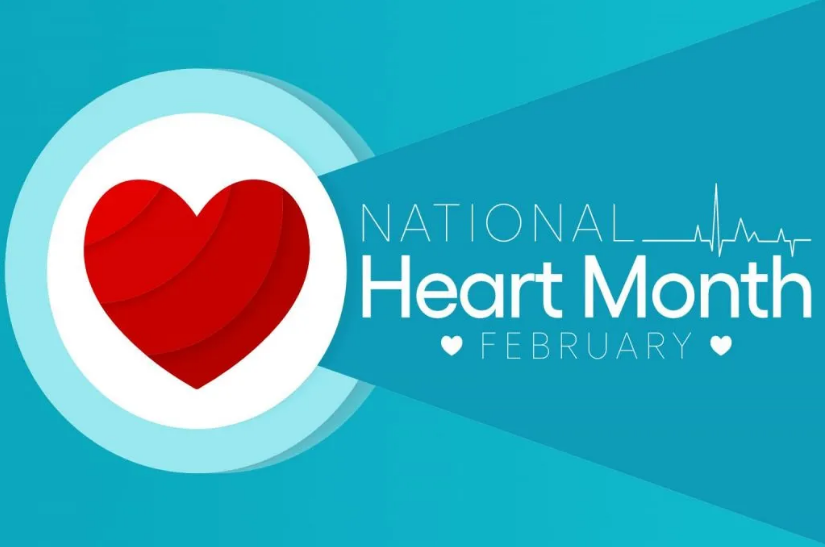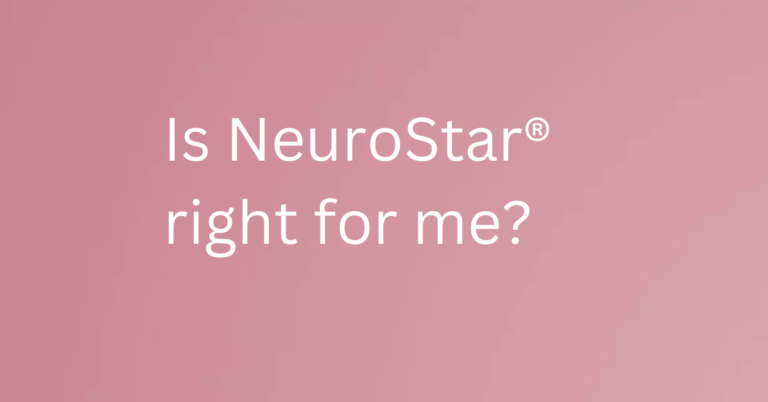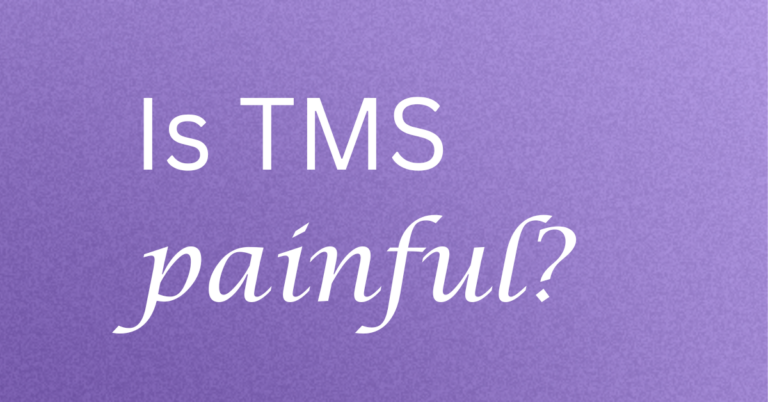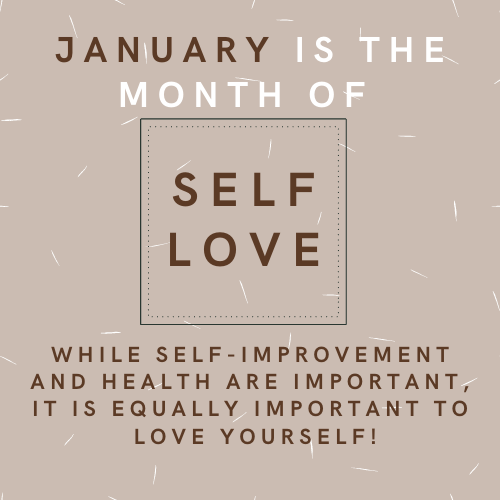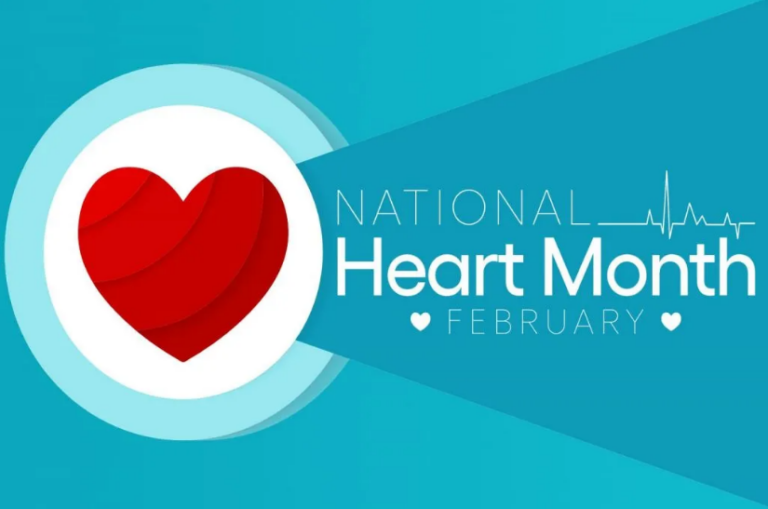Mindful Moments with Journeys
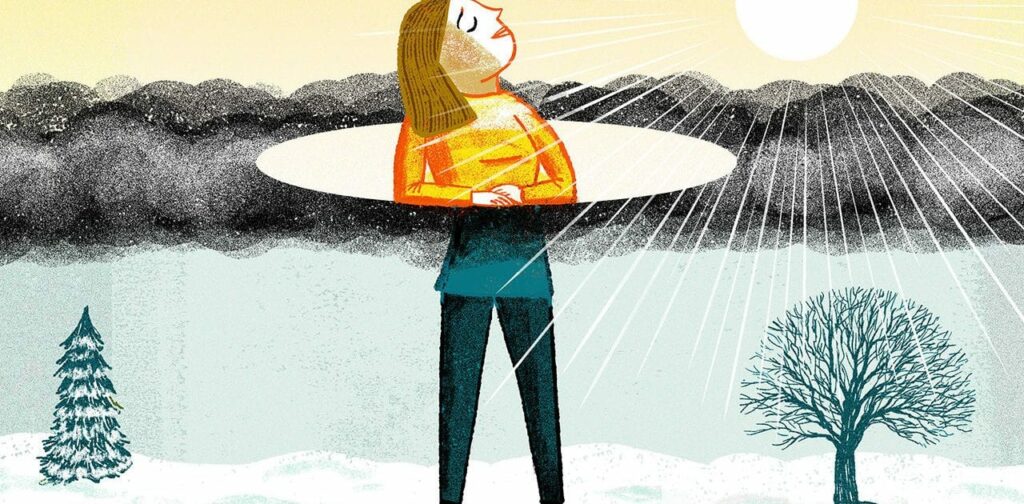
What is seasonal affective disorder?
The National Institute of Mental Health finds that seasonal affective disorder (SAD) is a real thing, and quite common in most adults.
Many people go through short periods when they feel sad or unlike their usual selves. Sometimes, these mood changes begin and end when the seasons change. Many people feel “down” or have the “winter blues” when the days get shorter in the fall and winter and feel better in the spring when longer daylight hours return.
Sometimes, these mood changes are more serious and can affect how a person feels, thinks, and behaves. If you have noticed significant changes in your mood and behavior when the seasons change, you may be experiencing seasonal affective disorder (SAD).
In most cases, SAD symptoms start in the late fall or early winter and go away during the spring and summer, known as winter-pattern SAD or winter depression. Other people experience depressive symptoms during the spring and summer months, known as summer-pattern SAD or summer depression. Summer-pattern SAD is less common.
WHAT ARE THE SIGNS AND SYMPTOMS OF SAD?
SAD is a type of depression characterized by a recurrent seasonal pattern, with symptoms lasting about 4−5 months out of the year. The signs and symptoms of SAD include those associated with depression as well as disorder-specific symptoms that differ for winter-pattern versus summer-pattern SAD.
Symptoms of depression can include:
- Persistent sad, anxious, or “empty” mood most of the day, nearly every day, for at least 2 weeks
- Feelings of hopelessness or pessimism
- Feelings of irritability, frustration, or restlessness
- Feelings of guilt, worthlessness, or helplessness
- Loss of interest or pleasure in hobbies and activities
- Decreased energy, fatigue, or feeling slowed down
- Difficulty concentrating, remembering, or making decisions
- Changes in sleep or appetite or unplanned weight changes
- Physical aches or pains, headaches, cramps, or digestive problems that do not have a clear physical cause and do not go away with treatment
- Thoughts of death or suicide or suicide attempts
For winter-pattern SAD, additional symptoms can include:
- Oversleeping (hypersomnia)
- Overeating, particularly with a craving for carbohydrates, leading to weight gain
- Social withdrawal (feeling like “hibernating”)
For summer-pattern SAD, additional symptoms can include:
- Trouble sleeping (insomnia)
- Poor appetite, leading to weight loss
- Restlessness and agitation
- Anxiety
- Violent or aggressive behavior
Winter-pattern SAD should not be confused with “holiday blues”—feelings of sadness or anxiety brought on by stresses at certain times of the year. The depression associated with SAD is related to changes in daylight hours, not the calendar, so stresses associated with the holidays or predictable seasonal changes in work or school schedules, family visits, and so forth are not the same as SAD.
WHO DEVELOPS SAD?
It is estimated that millions of Americans experience SAD, although many may not know they have this common disorder. In most cases, SAD begins in young adulthood.
SAD occurs much more often in women than in men. Winter-pattern SAD also occurs more often than summer-pattern SAD. Therefore, SAD is more common in people living farther north, where there are shorter daylight hours in the winter. For example, people in Alaska or New England are more likely to develop SAD than people in Texas or Florida.
SAD is more common in people with depression or bipolar disorder, especially bipolar II disorder, which involves repeated depressive episodes and hypomanic episodes (less severe than the typical manic episodes of bipolar I disorder). Additionally, people with SAD tend to have other mental disorders, such as attention-deficit/hyperactivity disorder, eating disorder, anxiety disorder, or panic disorder.
SAD sometimes runs in families and may be more common in people who have relatives with other mental illnesses, such as depression or schizophrenia.
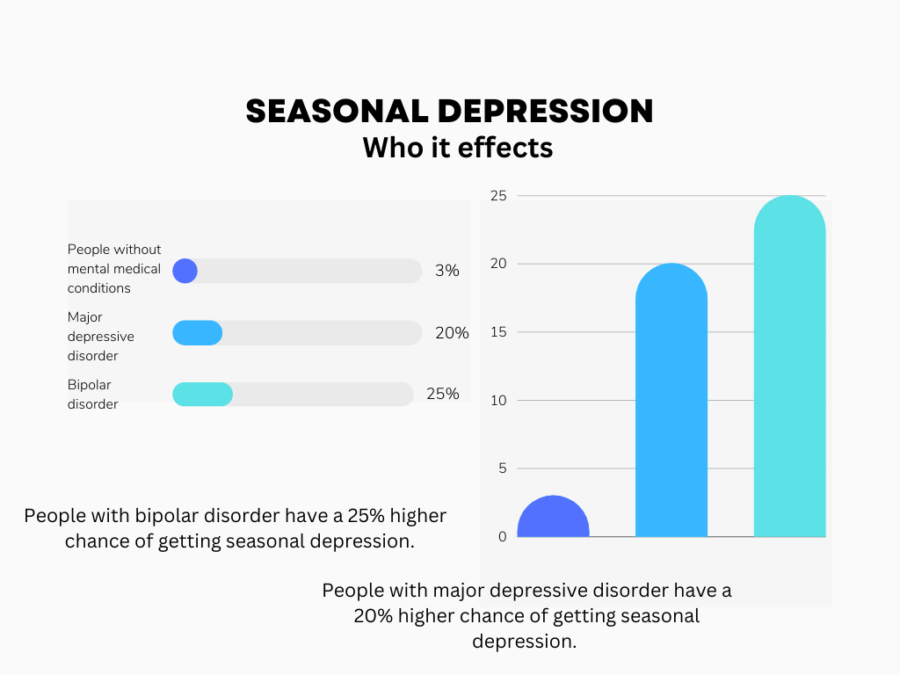
CAN SAD BE PREVENTED?
Because the onset of SAD is so predictable, people with a history of the disorder might benefit from starting the treatments mentioned above before the fall (for winter-pattern SAD) or spring (for summer-pattern SAD) to help prevent or reduce depression symptoms. To date, few studies have investigated whether SAD can be prevented.
It is helpful to discuss a personalized treatment plan with a health care provider. A provider can help you decide not only the best treatment option but the best timing to help prevent SAD depressive episodes.
Source: National Institute of Mental Health Seasonal Affective Disorder
Financing Available!
WENDELL OFFICE
3134 Wendell Blvd
Wendell, NC 27591
Phone: (919) 374-7283
Fax: (919) 374-7285
Email: wendell@jmhw.org
WILSON OFFICE
2305 Wellington Dr SW Suite E
Wilson, NC 27893
Phone: (252) 306-7474
Fax: (252) 306-7475
Email: wilson@jmhw.org
Local Help Centers
Dorothy Mae Hall Women’s Center
(919) 371-8523
Helping Hand Mission
(919) 365-0757
East Wake Senior Center
(919) 365-4248
Policy Department
(919) 365-4444
Fire Department
(919) 365-3635
Local Food Pantries
Wendell United Methodist Church
129 N Main St Wendell, NC 27591
Calvary Faith Center – Community Day
4825 Rolesville Road Wendell, NC 27591
ZUMC Food Pantry
114 W Sycamore St Zebulon, NC 27597
